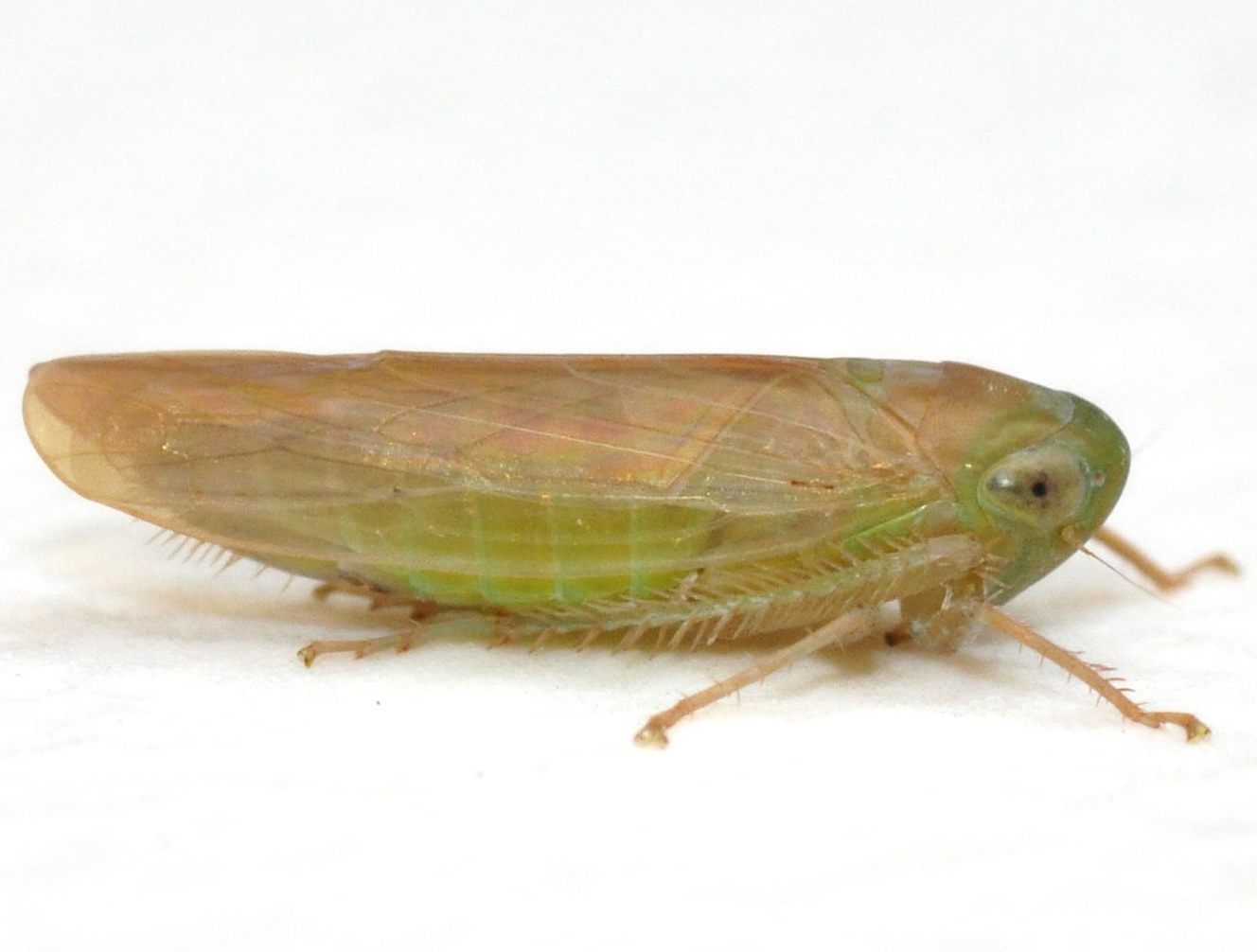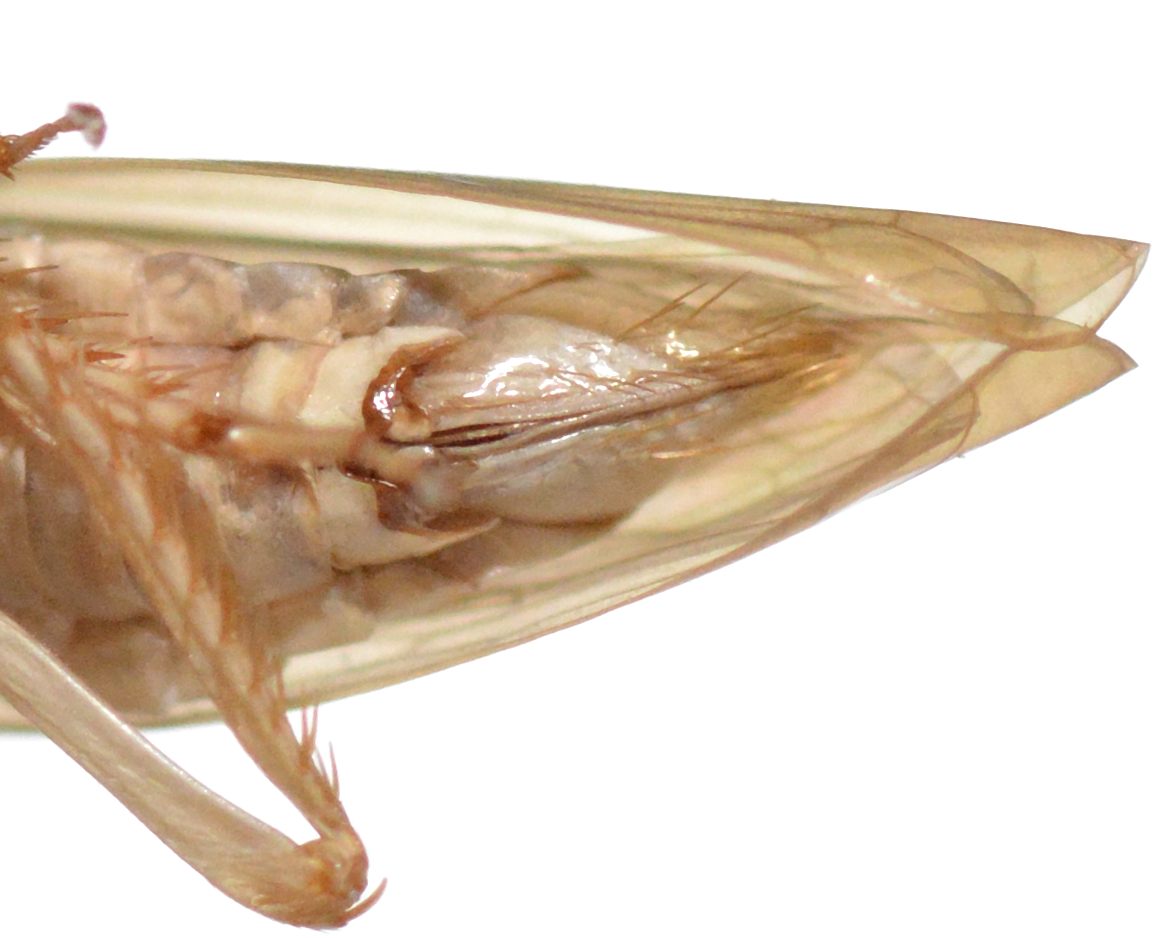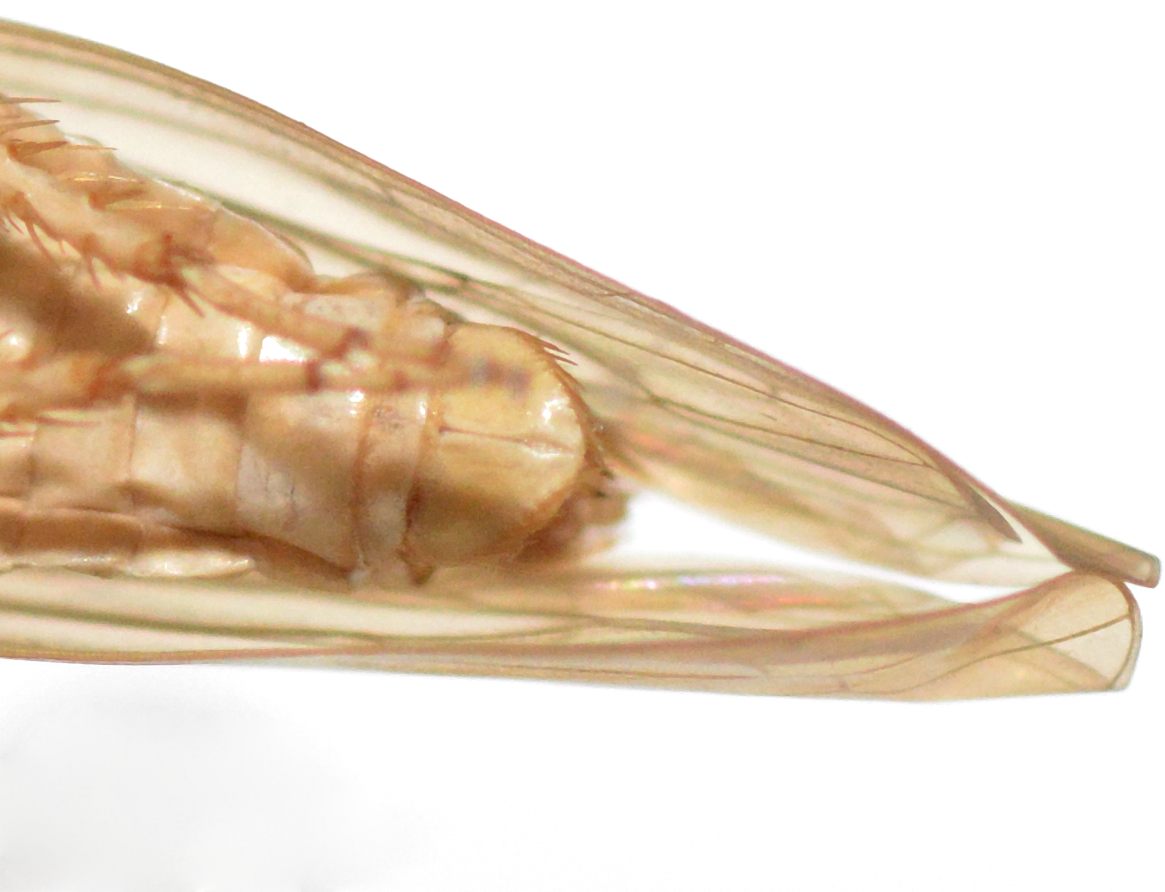|
|
|
|
Species Photo Gallery for Chlorotettix fallax No Common Name |
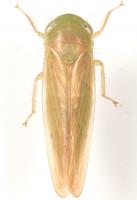 | Photo by: John Rosenfeld
Out Of State Co.
Comment: female |  | Photo by: John Rosenfeld
Out Of State Co.
Comment: female |
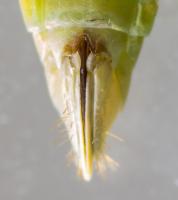 | Photo by: John Rosenfeld
Out Of State Co.
Comment: female | 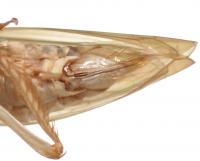 | Photo by: Kyle Kittelberger
Out Of State Co.
Comment: female; NCSU specimen |
 | Photo by: Kyle Kittelberger, Brian Bockhahn, Paul Scharf
Wake Co.
Comment: female | 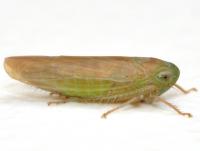 | Photo by: Kyle Kittelberger, Brian Bockhahn, Paul Scharf
Wake Co.
Comment: female |
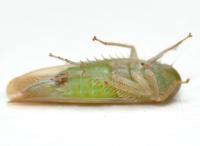 | Photo by: Kyle Kittelberger, Brian Bockhahn, Paul Scharf
Wake Co.
Comment: female | 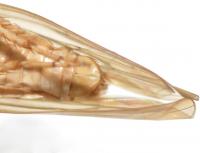 | Photo by: Kyle Kittelberger
Out Of State Co.
Comment: male; NCSU specimen |
|

 »
»
